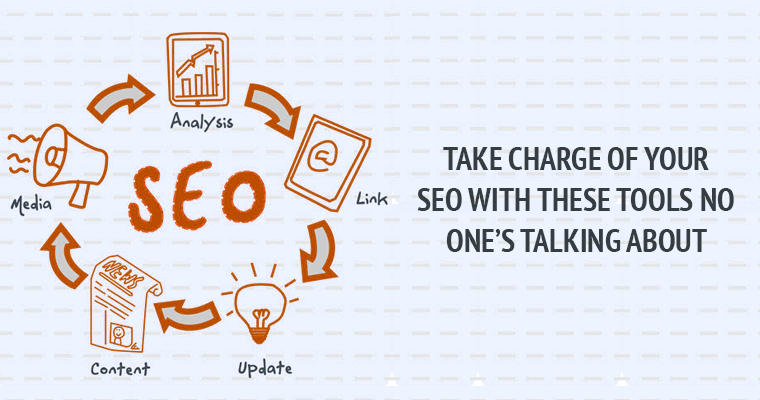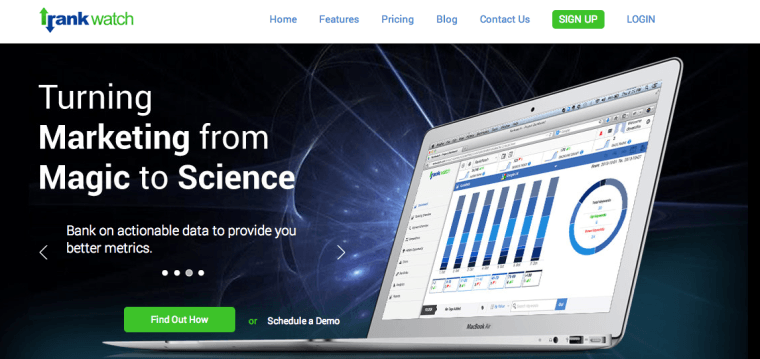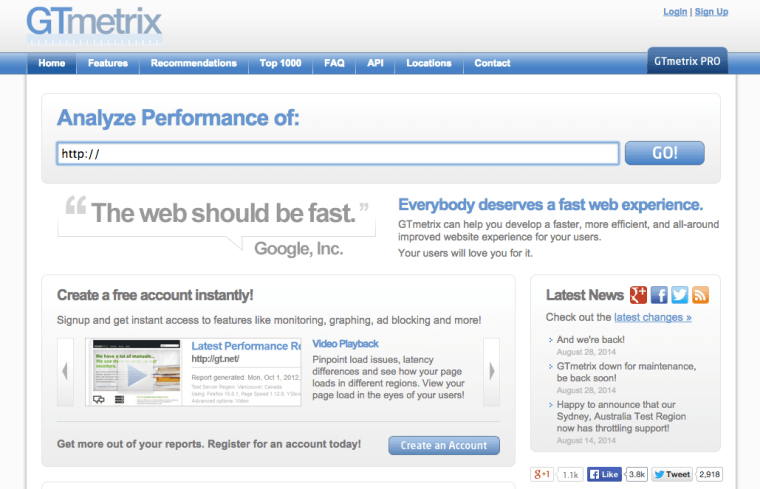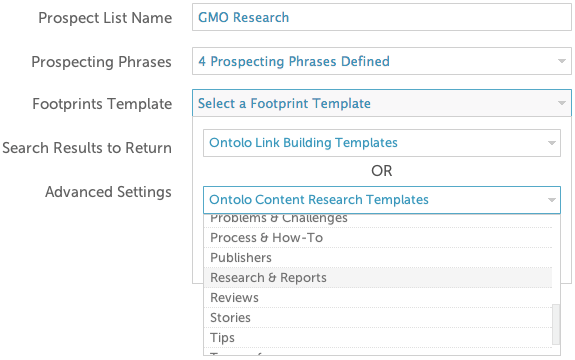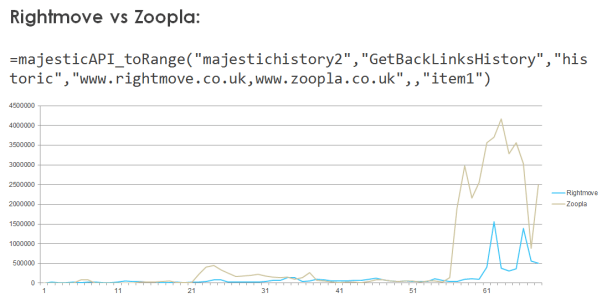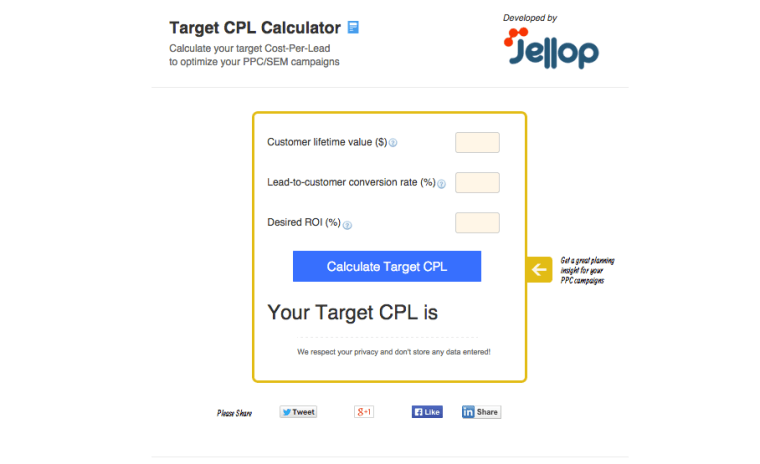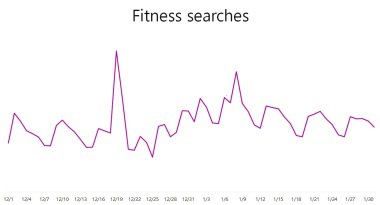SEO still matters. Jean Dion recently wrote a piece detailing why search engine optimization is still very much on the plate.
You still want to use properly placed keywords, draft blog posts for people not bots, and work to build your reputation to earn legitimate links.
But, there is a lot more to SEO. See what goes into a post today, as Ethan Lyon explained on the SEER Interactive blog. There’s a whole analysis of “Who, why, what, and when” just like it is for full-blown product development – all for a blog post? Welcome to 2015 and beyond!
It’s clear that well-written content still wins hands down. Earning links is getting harder and SEO has evolved from a simple task of spraying keywords into a complicated, never-ending process of getting it all rolling together along with emphasis on UX/UI, speed, relevance, social engagement, content, and links.
Life would be easier with some awesome tools to ease up the process.
Here are a few tools that aren’t very mainstream. But they’re feature-packed, and worth your attention. If you’re an numbers-focused marketer, you might have stumbled across some of them but didn’t have the time to check them out. Luckily, I did the research for you.
RankWatch
For all that work you put into content creation, basic SEO, keyword research, and link building, you’d need a way to track, measure, analyze, and streamline your work.
RankWatch is a new tool that helps with effective, all-round and comprehensive SEO management. Featuring city-based rank tracking for geo-specific results, advanced dashboards, keyword archiving, tracking competitors, and a web page analyzer, it’s a powerful tool that helps get a lot done quicker.
RankWatch recommends potential keywords you didn’t track or consider, calculates and displays backlinks (with tons of relevant data such as follow versus nofollow, strongest pages, and deep link ratios) and gives you many ways to find the low hanging fruit.
Price – Starts from $47/month
GTmetrix
While page relevance and quality content is still weighed for ranking, today the need for speed is critical. Google makes a point, and it sits nicely with the critical contribution fast-loading pages make for overall UX/UI experience for your customers.
Geoff Kenyon, in an insightful post on Moz.com, points to research that webpage speed can boost conversions. Eric Enge also did a post on Search Engine Land that dwells on Google’s push for faster web pages.
Eric points out how conversions depend on page speeds and how different companies ran tests to determine how slow page speeds affect their respective businesses:
- Shopzilla ran an A/B test comparing the impact of the download speed had on conversion. They found that the faster pages delivered 7% to 12% more conversions than the slower pages. Firefox ran a similar test, and saw a 15.4% increase in conversions.
- Google and Microsoft ran a test and found that an artificially introduced delay of 500 milliseconds reduced user satisfaction by almost 1%. When the delay was increased to 2 seconds the drop in satisfaction was 4%.
Fast loading pages score points for your SEO, and a tool like GTMetrix makes for an essential inclusion in your SEO toolkit. It’s thorough, user-friendly, and it gets the job done.
Price – Free
Ontolo
You probably know Ontolo already. It’s been around for a long time and is a workhorse like no other. Ontolo makes the gargantuan and relentless task of link building easy by helping you “create better content, promote your content easily, and get more inbound links.”
Ontolo speeds up the backbreaking job of collecting, organizing, and prioritizing content. It allows you to identify link-building opportunities with an immediate “instant” and a comprehensive “nightly” option, finds out who links to you, who you should link to, and the contact information for every potential lead.
Price – Starts $29/month
SEO Gadget For Excel From Builtvisible
Rand Fishkin wanted to smuggle Richard Baxter into the U.S. and chain him to a desk at Moz for the brains that he is blessed with; so we ought to know that his new, improved SEO gadget for Excel tool from Builtvisible must be something extraordinary.
This tool allows you to gather valuable link and keyword search volume data from major industry tools such as MajesticSEO, Moz, Ahrefs and SEMrush. You can uncover hidden opportunities by combining link acquisition history and search volume data without leaving your Excel Sheet.
Finally, it gives you a great idea of which keyword groups work as real assets for your business by harnessing the Grepwords and SEMRush APIs.
Price – Free
Target CPL Calculator from Jellop
Though SEO and PPC have their own die-hard supporters, we all agree that SEO efforts are best complemented by PPC campaigns. So we need a PPC tool to go along with the SEO resources in this list.
Logging into Bing Ads or Google AdWords is pain. However, you might still want a quick check on what costs on your campaigns would be with specific parameters such as Cost Per Lead. Jellop has an easy to use Target CPL calculator that you can use to optimize your PPC/SEM campaigns. No signups needed. Giving away your email is optional.
Any paid campaign could quickly turn disastrous if you don’t know what you are doing. Plus, there’s constant optimization, tweaking, analyzing, and then relaunching. On top of it all, you have the cost. Campaigns can turn expensive quickly and it always pays to know what you spend versus ROI, overall lead acquisition costs, lifetime value of customers, etc.
For all of these concerns, the Jellop Target CPL Calculator is your answer.
Price – Free
Final Thoughts
Simple rules often have a huge impact. Keep trying out the latest and the greatest tools as and when they come out, and you’ll never be left behind in the constant race for SEO one-upmanship.
What favorite SEO tools do you use on a daily basis? Have you used any of the tools mentioned here? Please share your results, both successes and failures, in the comments below.
